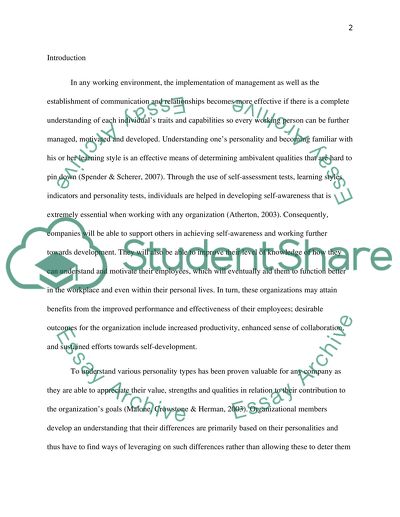Cite this document
(Personal Effectiveness in Organisations Case Study, n.d.)
Personal Effectiveness in Organisations Case Study. Retrieved from https://studentshare.org/human-resources/1566050-foundations-of-business-knowledge
Personal Effectiveness in Organisations Case Study. Retrieved from https://studentshare.org/human-resources/1566050-foundations-of-business-knowledge
(Personal Effectiveness in Organisations Case Study)
Personal Effectiveness in Organisations Case Study. https://studentshare.org/human-resources/1566050-foundations-of-business-knowledge.
Personal Effectiveness in Organisations Case Study. https://studentshare.org/human-resources/1566050-foundations-of-business-knowledge.
“Personal Effectiveness in Organisations Case Study”, n.d. https://studentshare.org/human-resources/1566050-foundations-of-business-knowledge.


